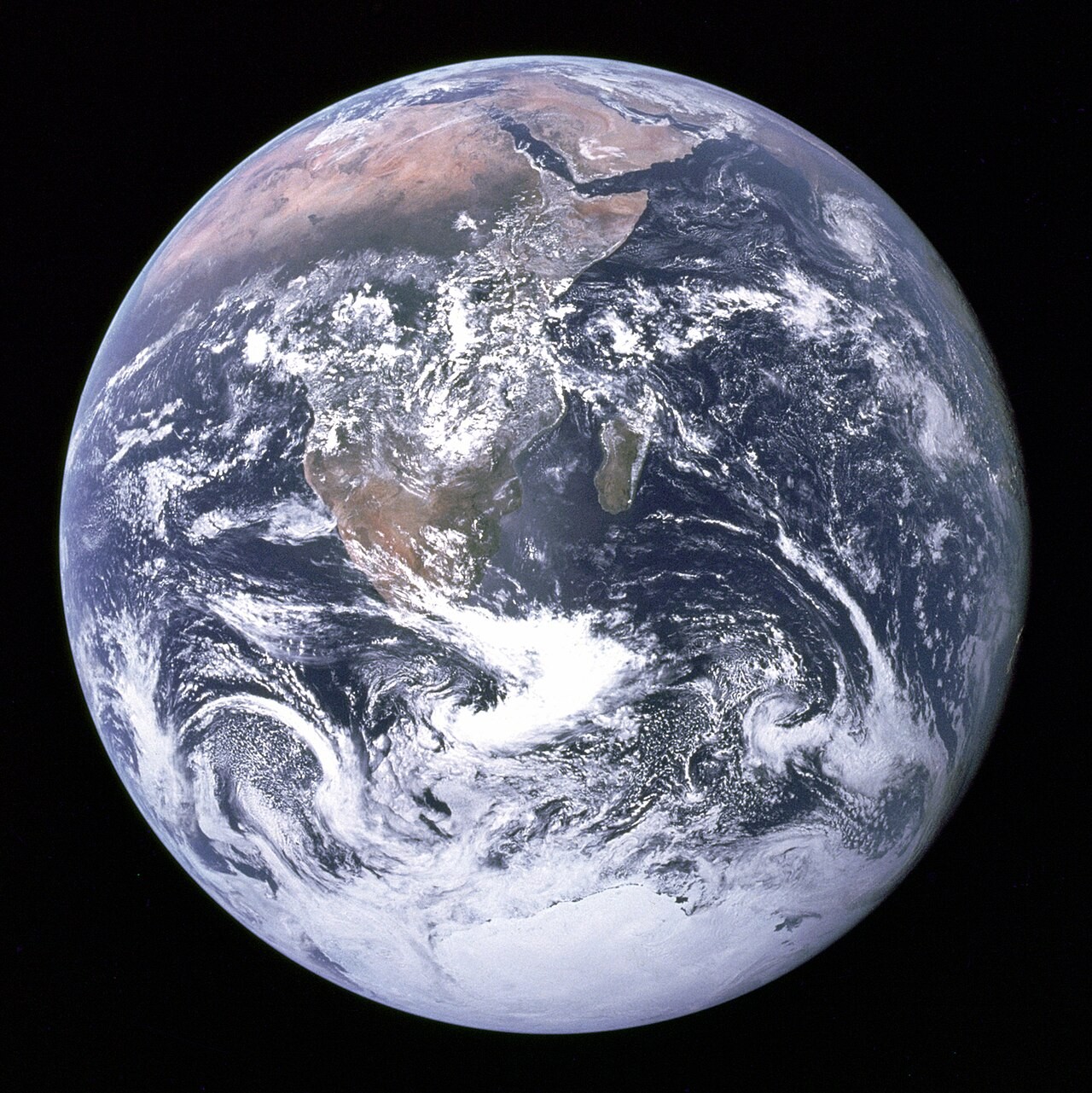Embark on an extraordinary journey through our celestial neighborhood with “A Space Traveler’s Guide to the Solar System.” This guide provides essential information for anyone planning a trip beyond Earth, from the scorching landscapes of Venus to the icy moons of Jupiter. This updated guide aims to be more comprehensive, incorporating the latest scientific discoveries and offering practical advice for hypothetical space travelers.
Navigating the Inner Planets
Our journey begins with the inner planets, closest to the sun.
Mercury: A Quick Stop
Mercury, the smallest planet and closest to the sun, offers extreme temperature variations. During the day, temperatures can soar to 430°C (800°F), while at night, they plummet to -180°C (-290°F). A brief visit during a terminator (the line between day and night) might be your best option.
Venus: Handle with Extreme Caution
Venus, often called Earth’s “sister planet,” is anything but hospitable. Its dense atmosphere creates a runaway greenhouse effect, resulting in surface temperatures hot enough to melt lead (around 462°C or 864°F). The atmospheric pressure is 90 times that of Earth, equivalent to being 900 meters (3,000 feet) underwater. Furthermore, clouds of sulfuric acid swirl around the planet.
Recent evidence suggests Venus experiences periodic global resurfacing events. Instead of plate tectonics like Earth, Venus seems to accumulate heat in its core until the entire surface melts into a magma ocean approximately every half-billion years. This molten surface then slowly cools and solidifies, erasing most impact craters and creating a relatively young surface. Mark Thompson’s original description of Venus is:
Like all the rocky objects in the Solar System, Venus displays thousands of craters, and the majority of them are still in excellent condition. This suggests that there has been minimal erosion of surface detail. More interestingly, it implies that the surface underwent some kind of global restructuring event around 600 million years ago…In a global event that lasted perhaps up to 100 million years, the entire crust weakened and yielded to the mantle, in effect recycling itself.
Earth: Your Home Base
Earth, the only known planet to harbor life, offers a wide range of environments, from lush rainforests to frozen polar regions. It’s crucial to maintain this delicate balance and protect our home base as we explore further into the solar system.
Mars: The Red Planet and Next Frontier
Mars has long fascinated humanity as a potential second home. Although cold and dry today, evidence suggests Mars was once warmer and wetter, with liquid water flowing on its surface. Exploring Mars for signs of past or present life is a primary goal of current and future missions.
Venturing into the Outer Solar System
Beyond the asteroid belt lie the gas giants and icy worlds of the outer solar system.
Jupiter: The King of Planets
Jupiter, the largest planet in our solar system, is a gas giant with a swirling atmosphere of hydrogen and helium. Its iconic Great Red Spot is a massive storm that has raged for centuries. Jupiter also boasts a large number of moons, some of which are geologically active.
Saturn: The Ringed Beauty
Saturn is famous for its stunning ring system, composed of billions of ice particles. Like Jupiter, it’s a gas giant with a thick atmosphere and numerous moons, including Titan, which has a thick atmosphere and liquid methane lakes.
Uranus and Neptune: The Ice Giants
Uranus and Neptune are ice giants, composed primarily of heavier elements like water, ammonia, and methane. Uranus is unique for its extreme axial tilt, causing it to rotate on its side. Neptune is known for its strong winds and the Great Dark Spot, a storm similar to Jupiter’s Great Red Spot (though it has since disappeared).
Utilizing Gravity Slingshots
To navigate the solar system efficiently, space travelers often utilize gravity slingshots. This technique involves using the gravity of a planet to accelerate a spacecraft. By carefully approaching a planet, a spacecraft can gain speed and change direction without using its own fuel.
Historical Perspective
The history of astronomy is rich with discoveries and debates. The Galileo Affair, often portrayed as a battle between science and religion, is a complex historical event. While it is true that Galileo faced opposition from some Church officials for his support of the heliocentric model (the idea that the Earth and other planets revolve around the Sun), the situation was more nuanced than a simple conflict between science and obscurantism.
Preparing for Your Journey
Before embarking on a space voyage, thorough preparation is essential. This includes:
- Physical and Psychological Conditioning: Space travel can be physically and mentally demanding.
- Technological Proficiency: Familiarity with spacecraft systems and navigation is crucial.
- Resource Management: Carefully planning for food, water, and other essential supplies is vital.
The Future of Space Travel
As technology advances, space travel will become more accessible and sustainable. Future missions may involve:
- Asteroid Mining: Extracting valuable resources from asteroids.
- Establishing Lunar Bases: Creating permanent settlements on the Moon.
- Interstellar Exploration: Venturing beyond our solar system to explore other stars and planets.
Conclusion
“A Space Traveler’s Guide to the Solar System” provides a glimpse into the wonders and challenges of exploring our celestial neighborhood. With careful planning and technological innovation, the dream of interplanetary travel is becoming increasingly within reach. Prepare for your adventure, and may your journey be filled with discovery and wonder. Consider further research into current space missions and plan your hypothetical adventure accordingly.


